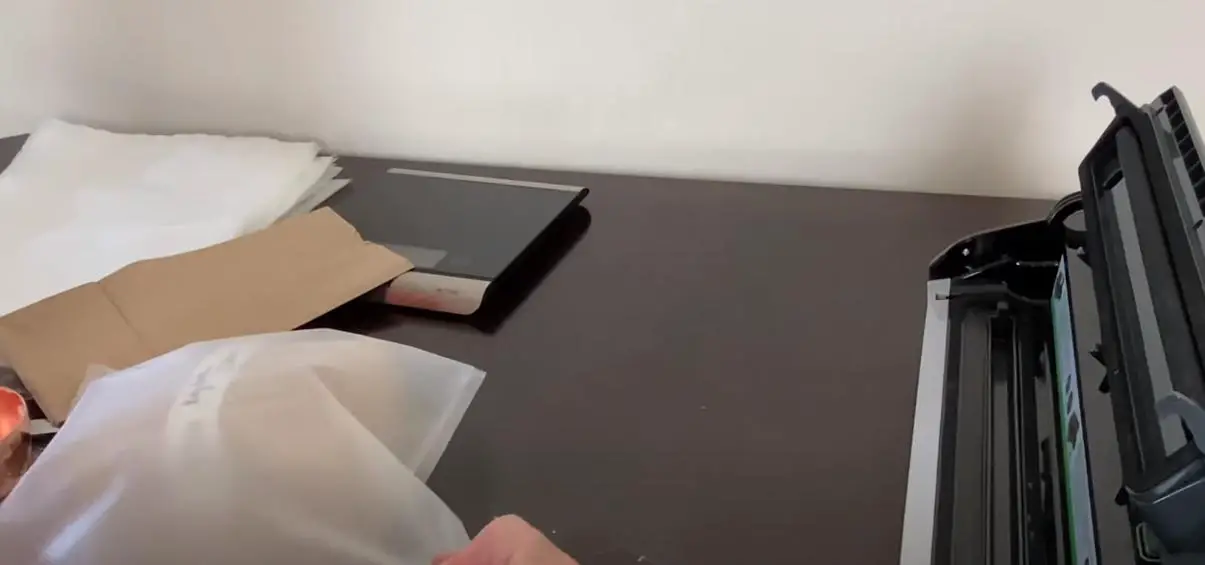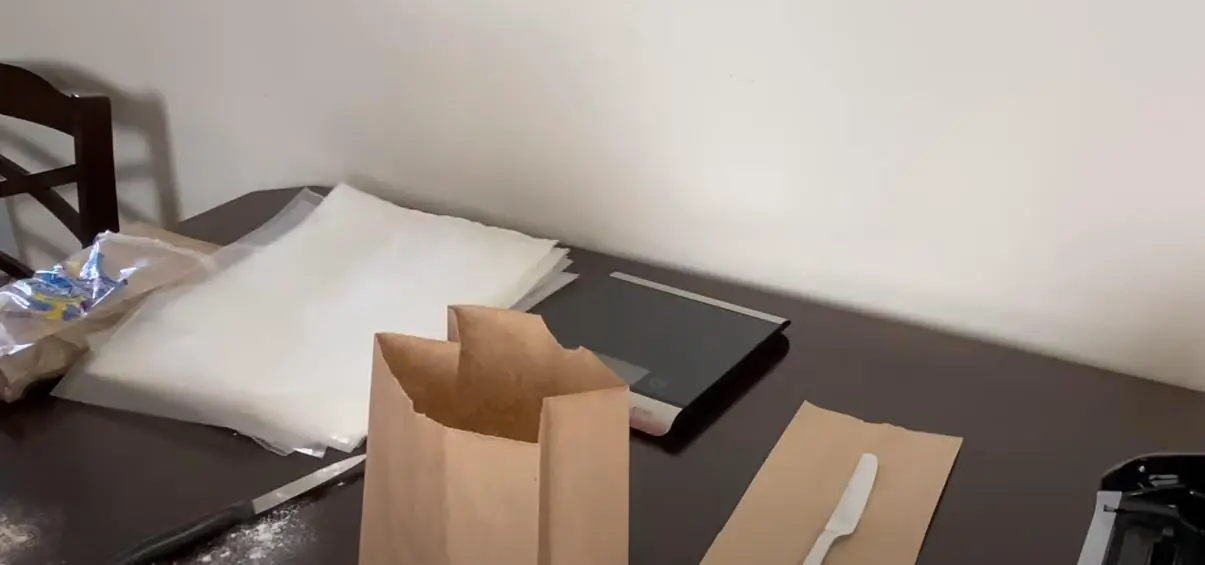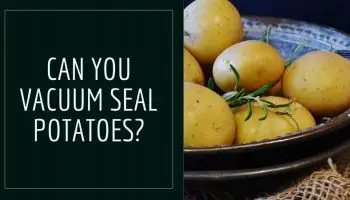Key Takeaways
- You can vacuum seal flour to keep it fresh for longer
- Vacuum-sealing flour can help prevent insects and other pests from getting into the flour
- Vacuum sealing also helps to preserve the nutrients in the flour
If you’re a baker, you know that flour is one of the most important ingredients in your kitchen. But have you ever wondered whether it’s better to vacuum seal your flour or store it in an airtight container?
Vacuum sealing has become a popular way to extend the shelf life of food, but there are some things you should know before you start using this method on your flour.
In this article, we’ll answer all your questions about vacuum-sealing flour, from how long it will last to whether different types of flour can be stored together.

What are the benefits of vacuum-sealing flour?
Vacuum-sealing flour has many benefits that can prolong the shelf life of your flour and slow down spoilage.
Vacuum sealing can also help to keep powders from clumping together, making it easier to use later on.
How does vacuum-sealing flour affect its shelf life?
Vacuum-sealing food is a great way to prolong its shelf life. The optimal maximum shelf life for white flour is about 5 years, although it may remain edible for longer.
Organic flour may have a longer shelf life than non-organic flour. Vacuum sealing can help you get the most out of your food and keep it fresh for as long as possible.
Does freezing flour before vacuum sealing make a difference?
Vacuum sealing is a great way to keep food fresh and extend its shelf life. But does it make a difference if you freeze flour before vacuum sealing?
The answer is no, freezing flour before vacuum sealing does not make a difference.
What is the best way to store flour long-term?
Vacuum sealing is an excellent way to store flour long-term.
Mylar bags with oxygen absorbers provide the longest shelf life for flour, and vacuum sealing ensures that the flour remains fresh and nutritious.
All long-term containers for flour should be stored at between 40 and 70 degrees for optimal shelf life and nutrition.
Can you vacuum seal different types of flour?
Vacuum sealing is a great way to keep your flour fresh and extend its shelf life. But did you know that you can actually vacuum seal different types of flour?
That’s right – with the right vacuum sealer, you can preserve all kinds of flour, from all-purpose to whole wheat. And not only does it keep your flour fresher for longer, but it also protects against pests and moisture damage.
Is there a difference between storing whole wheat and white flour long term?
When it comes to storing flour long-term, there is a big difference between whole wheat and white flour.
Wheat has a shelf life of over 30 years when stored correctly, while white flour can only last up to one year in the refrigerator. Whole grain flour will last six months.
One of the best ways to store any type of flour long-term is by vacuum sealing it. When stored this way, white flour can last 10-15 years.
Whole-wheat flour can last approximately 10 years this way. Vacuum sealing removes all the oxygen from the storage container, which prevents spoilage and extends the shelf life significantly.
Do all brands of vacuum sealers work well with flour packaging?
There are many types of food packaging, but one of the most popular is flour packaging.
This is because it is a versatile and affordable option that can be used for a variety of foods.
Vacuum sealers are a great way to keep your flour fresh and free from moisture. They work by removing all the air from the package, which prevents oxidation and keeps the flour dry.
There are many brands of vacuum sealers on the market, but they all work well with flour packaging.
What are some tips for successfully vacuum-sealing bags of flour?
When it comes to vacuum-sealing bags of flour, there are a few things you can do to ensure success.
- First, make sure you’re using mylar pouches, which are airtight and will keep your flour fresh.
- Second, keep the flour in a cool, dry place – this will help extend its shelf life.
- Finally, when you seal the bag, be sure to do so slowly and evenly so that no air pockets remain.
What should you do if your sealed bag of flour develops an air leak over time?
If you’re like most people, you probably have a bag of flour in your pantry that’s been there for months, if not years.
And while it’s generally accepted that flour has a relatively long shelf life, there are still some things you can do to ensure that your flour stays fresh and usable for as long as possible.
One of the best ways to extend the shelf life of flour is to vacuum seal it. Vacuum sealing helps to remove all the air from the bag, which prevents oxidation and moisture damage.

Oxygen absorbers can also be used in conjunction with vacuum sealing to further reduce the amount of oxygen exposure. Mylar bags are another option for storing flour, and they offer similar protection against oxygen and moisture damage.
When it comes to storage, always choose a cool, dry place. Heat and humidity can cause the flour to spoil more quickly, so avoid storing it near appliances or in cabinets near the stove or sink.
If you live in an area with high humidity, consider using an airtight container or keeping your flour in the freezer until you’re ready to use it.
Final Verdict
If you’re looking to extend the shelf life of your flour, vacuum sealing is a great option. The removal of air from the packaging will help to keep the flour fresh for longer.
However, it’s important to note that vacuum-sealed bags are not completely leak-proof.
Over time, air and humidity can seep through the bag and affect the quality of the flour.



![Can You Vacuum Seal Tomatoes? [The Proper Way!]](https://vacuumsealerzone.com/wp-content/uploads/2021/08/Can-You-Vacuum-Seal-Tomatoes-350x200.jpg)